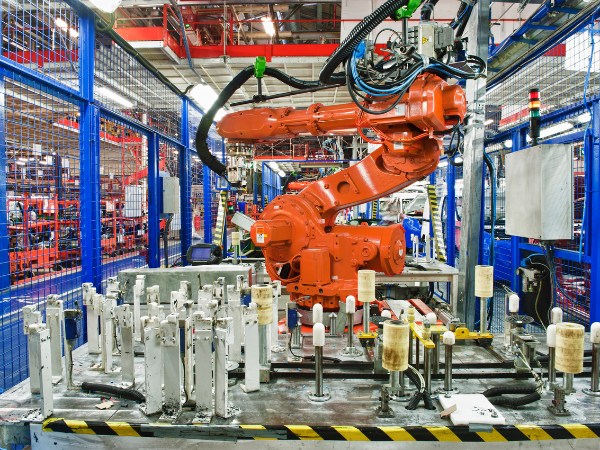In high-volume automotive manufacturing, precision is everything. Infotainment systems are becoming increasingly complex, requiring rigorous end-of-line testing to ensure quality and reliability. Yet, one factor that often gets overlooked is the calibration of test systems.
At ALPHR, we have seen the consequences of neglecting test system calibration. It’s not just about ensuring compliance or ticking a box—it’s about protecting your bottom line, reducing waste, and maintaining your reputation. Ignoring calibration might seem like a small oversight, but the long-term costs can be significant.
Why Calibration Matters
Test system calibration ensures that your equipment is measuring and evaluating products with consistent accuracy. Over time, environmental factors, mechanical wear, and software drift can cause test systems to fall out of alignment. Even minor deviations can result in false pass or fail results, which can have serious consequences.
Proper calibration allows you to:
- Maintain measurement accuracy to ensure every unit meets required specifications
- Reduce false failures that slow down production and create unnecessary rework
- Prevent false positives that allow defective units to pass undetected
- Extend the lifespan of test equipment by keeping components within their optimal performance range
When calibration is neglected, manufacturers risk falling into a cycle of inefficiency that leads to increased costs and product defects.
The Costs of Neglecting Calibration
Many manufacturers assume that skipping calibration for a few months—or even years—won’t cause noticeable damage. However, the reality is that miscalibrated test systems can lead to major financial and operational setbacks.
Increased Scrap and Rework Costs
One of the most immediate consequences of poor calibration is a rise in scrap and rework. If a test system incorrectly flags good products as defective, manufacturers waste time and resources reworking or discarding perfectly functional units. Conversely, if defective units pass testing due to inaccurate measurements, they can make their way into the supply chain, leading to expensive recalls or warranty claims.
Product Failures and Brand Damage
Infotainment systems are a key selling point for modern vehicles. If a faulty unit makes it into a car, the end-user may experience screen failures, unresponsive touch panels, or sound malfunctions. When a pattern of defects emerges, it can erode trust in the manufacturer’s brand, leading to customer dissatisfaction and lost sales.
For Tier 1 suppliers, failing to maintain calibration can damage relationships with OEMs, potentially leading to contract losses or penalties.
Regulatory and Compliance Risks
The automotive industry operates under strict quality and safety standards. If a test system is out of calibration and fails to catch defects, manufacturers could be at risk of non-compliance with industry regulations. This can result in fines, legal action, or forced recalls, each of which carries significant financial and reputational damage.
How to Implement a Strong Calibration Strategy
The best way to avoid these risks is by implementing a proactive calibration strategy. Calibration should not be an afterthought but a scheduled, well-documented part of your production process.
Establish a Regular Calibration Schedule
Determine calibration intervals based on manufacturer recommendations, usage frequency, and environmental conditions. High-use systems or those in harsh conditions may require more frequent checks.
Use Certified Calibration Standards
Relying on internal testing without reference standards can lead to inconsistent results. Always use industry-recognised calibration tools and techniques to ensure accuracy.
Integrate Calibration Data with Quality Control Systems
By linking calibration data to quality control processes, manufacturers can track trends over time and adjust test parameters before errors become costly. Predictive analytics can also help identify when a system is likely to drift out of specification.
Train Staff to Recognise Early Warning Signs
Operators and engineers should be trained to identify early signs of calibration drift, such as unexpected test failures, inconsistent data, or equipment performance fluctuations. The earlier issues are detected, the less impact they will have on production.
Protecting Quality and Profitability with Calibration
Skipping test system calibration may seem like a way to save time and resources in the short term, but the long-term risks far outweigh any perceived benefits. Increased scrap rates, product failures, compliance risks, and brand damage are just a few of the costly consequences of neglecting this crucial step.
At ALPHR, we work with manufacturers to ensure their automated test systems remain accurate, efficient, and fully compliant. A well-maintained calibration strategy doesn’t just prevent failures—it protects profitability, product quality, and customer trust.
If your test systems haven’t been calibrated recently, now is the time to act. A proactive approach will save you from the high cost of inaccuracy and keep your production line running at peak efficiency.


